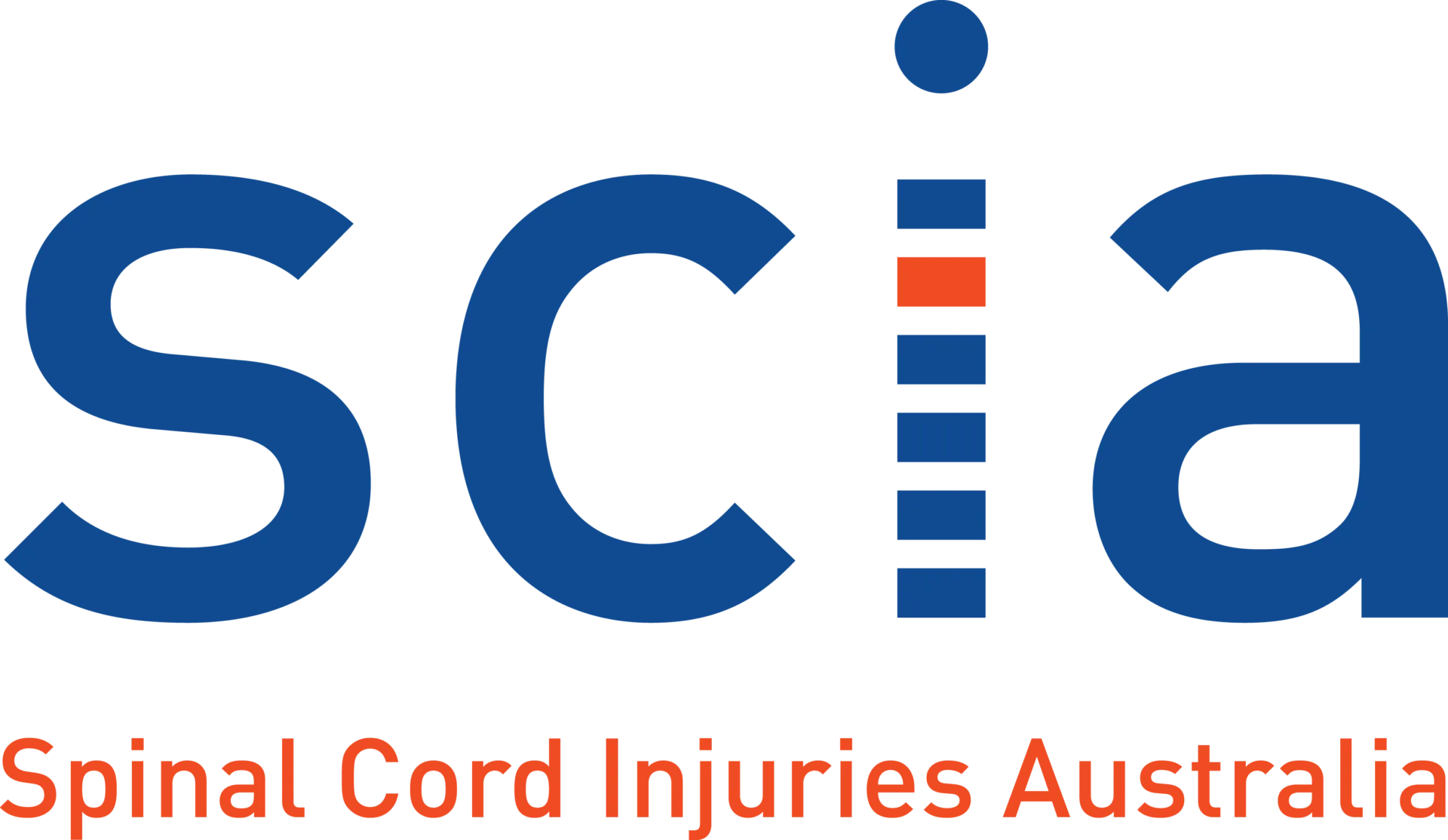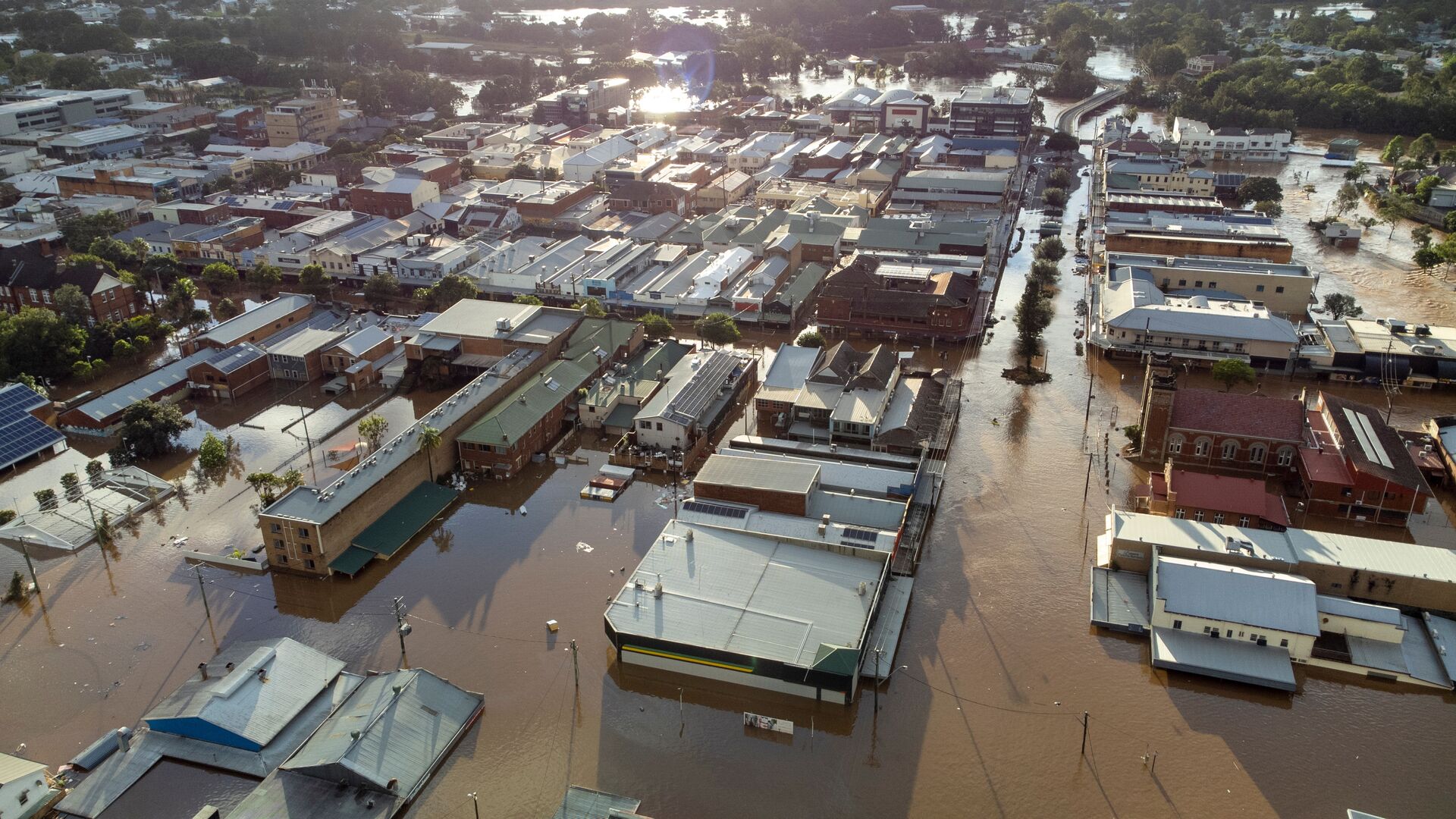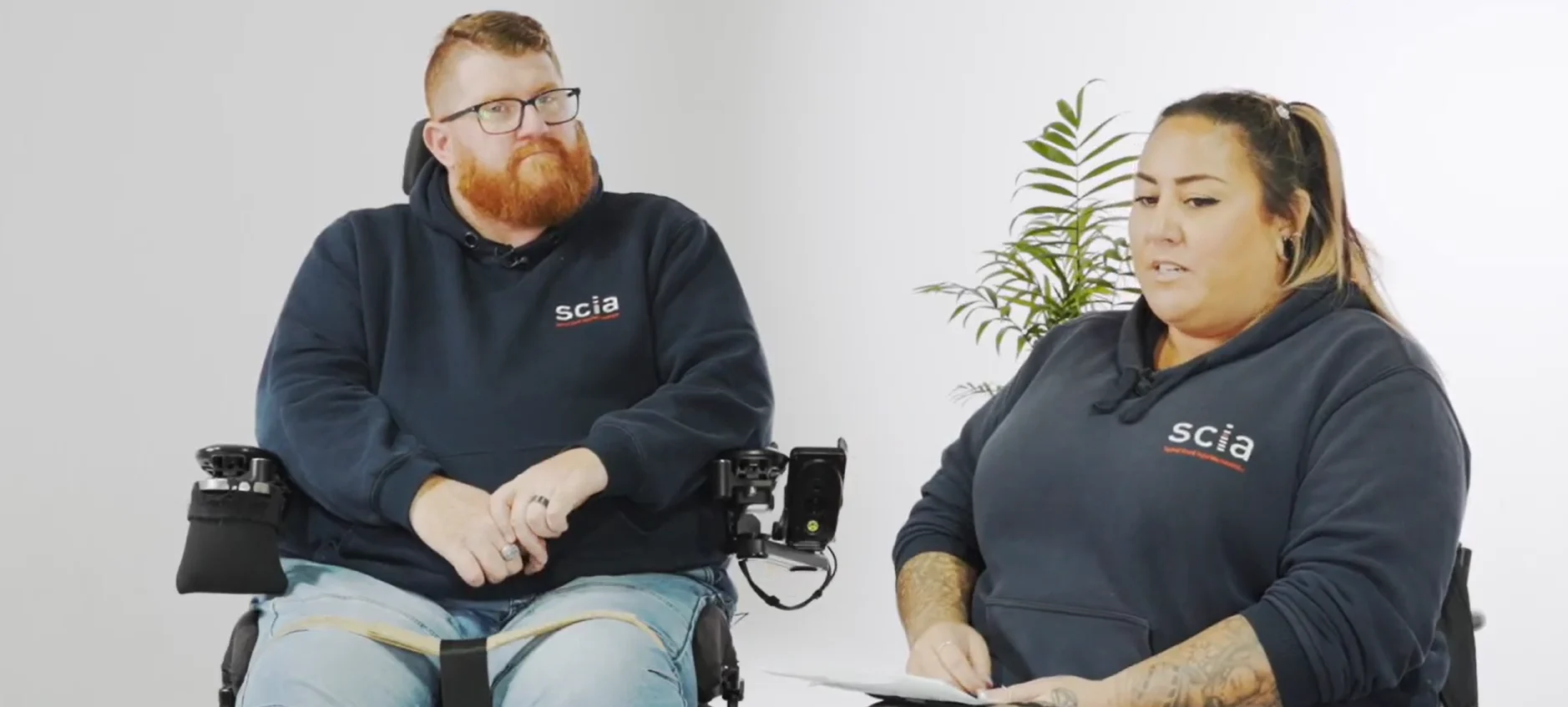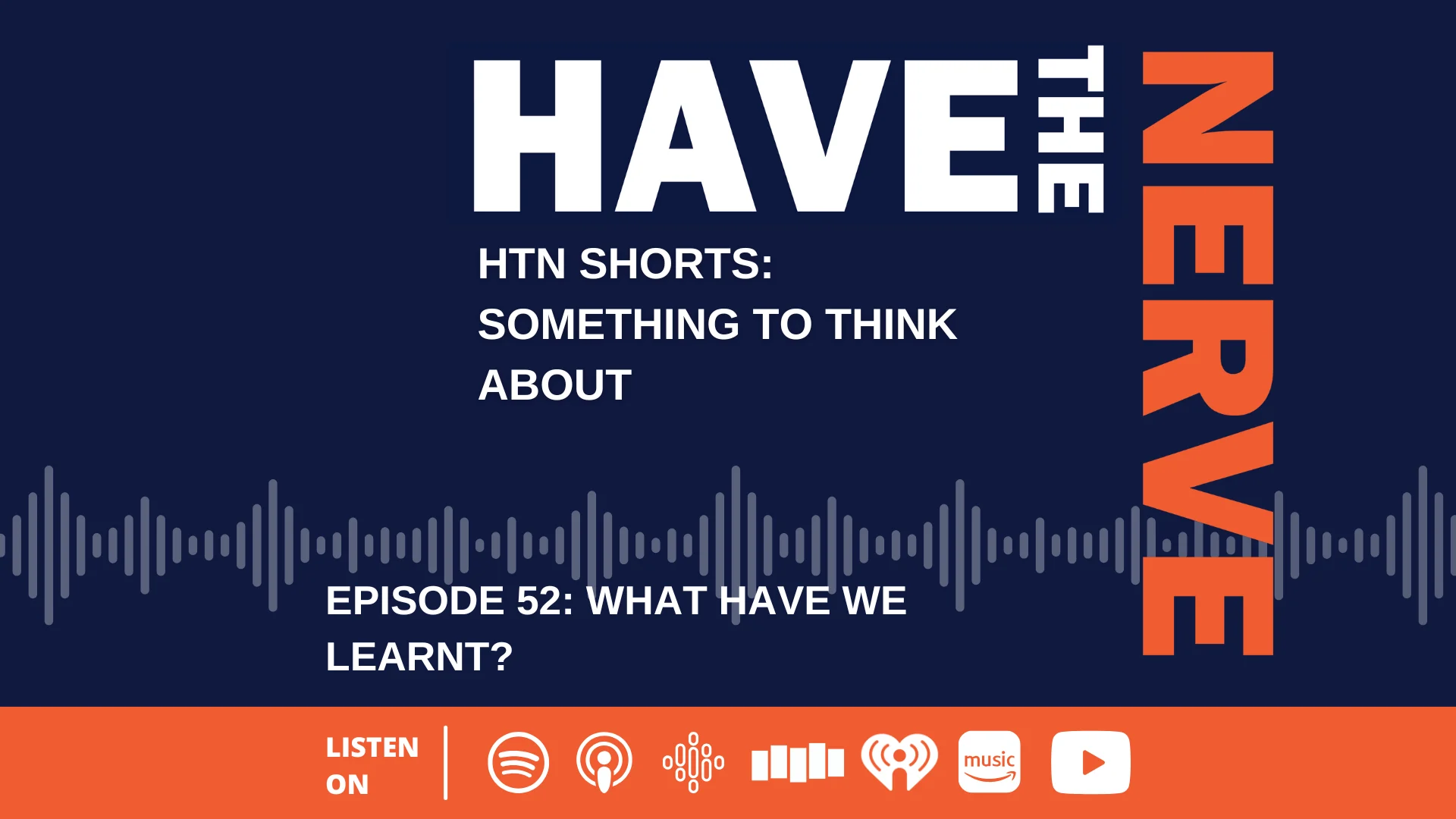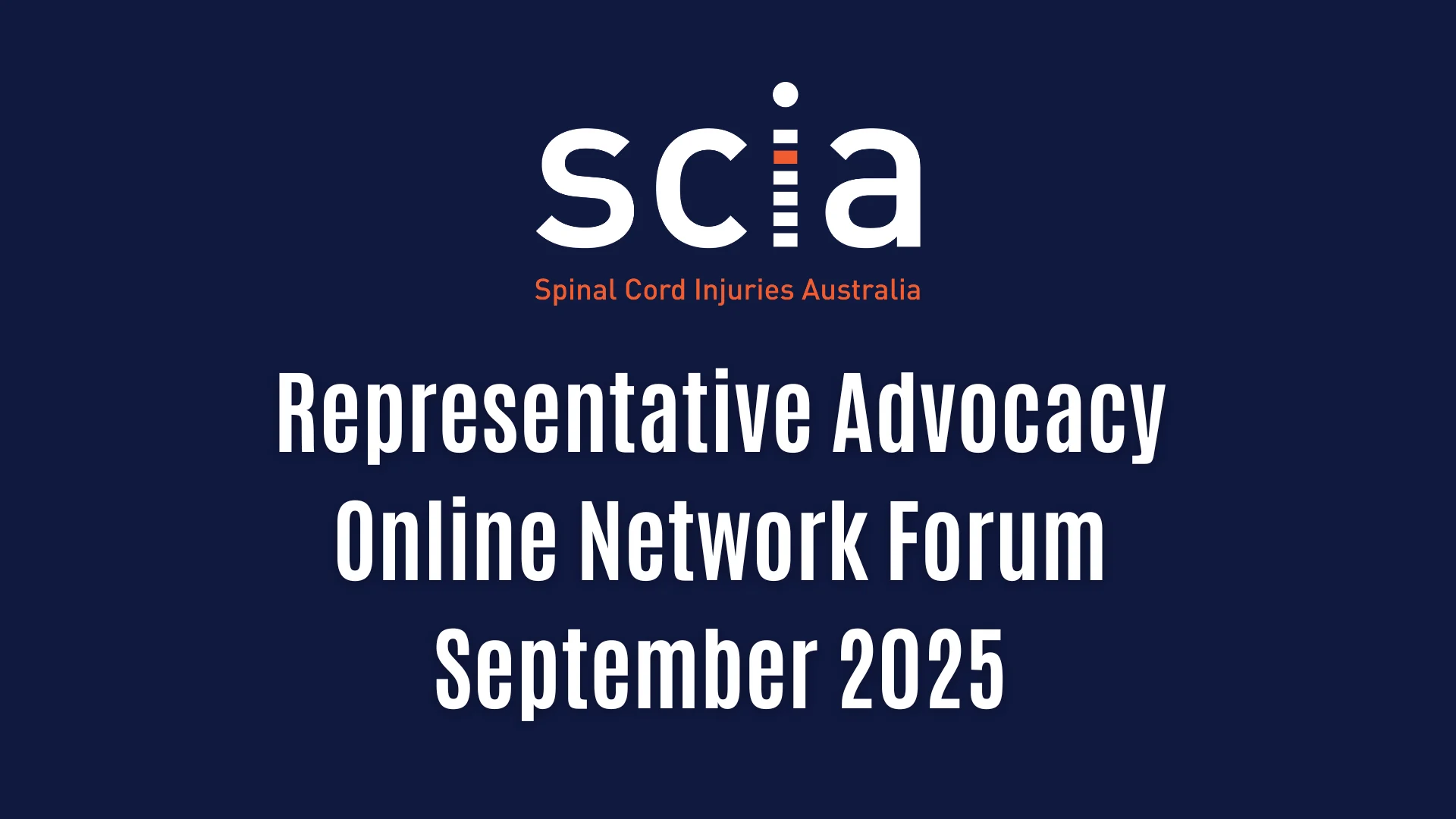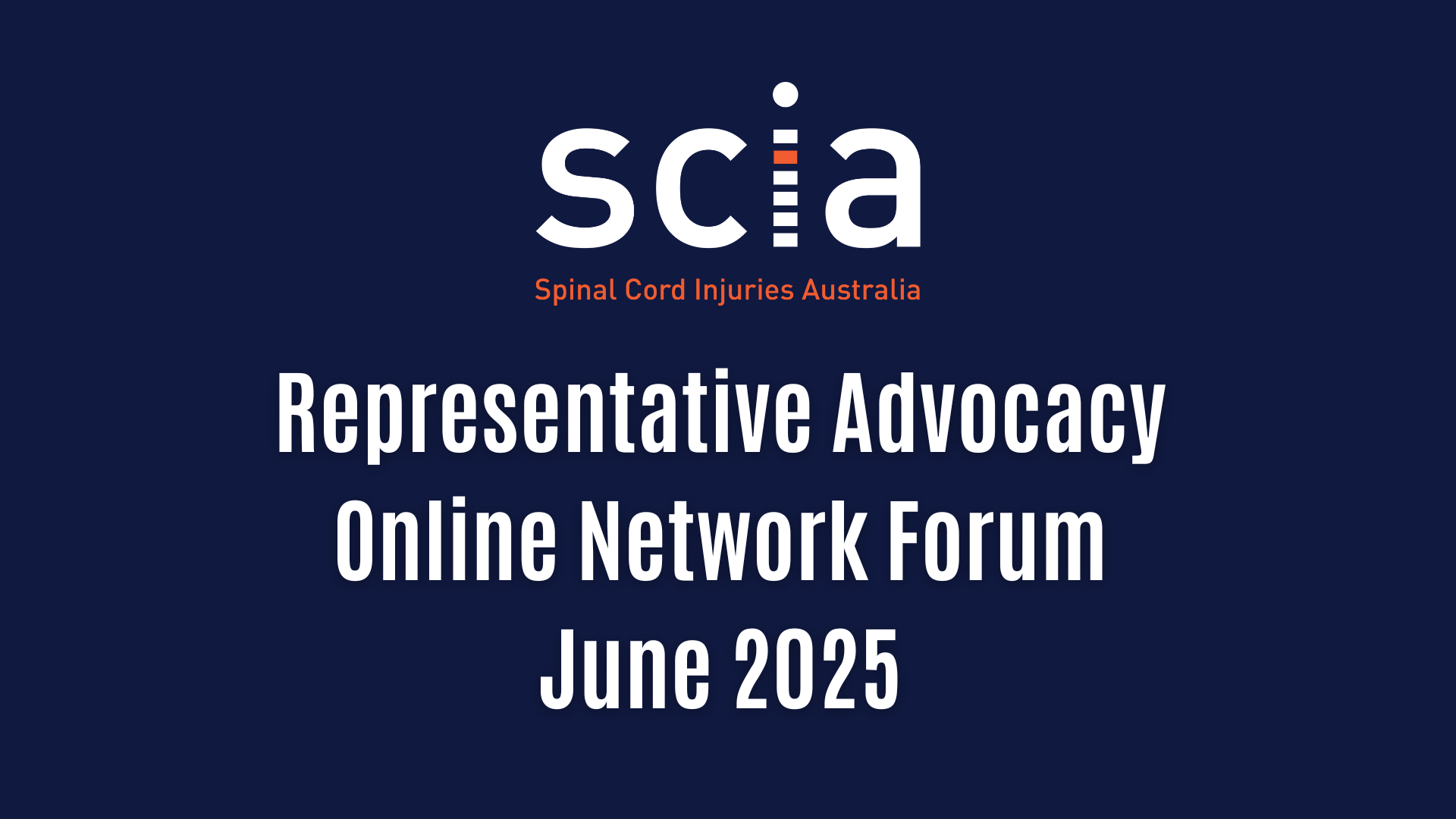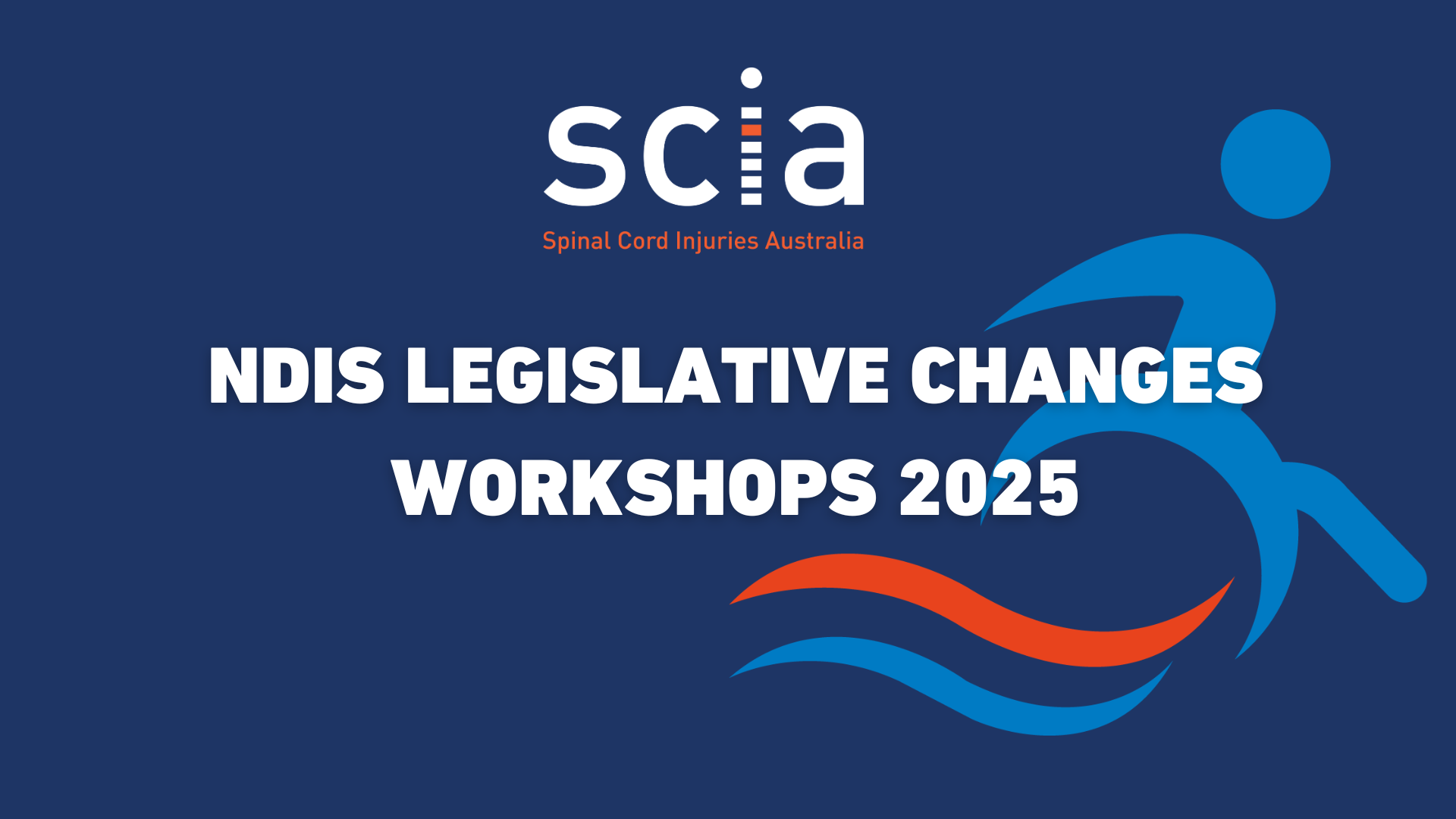In early 2022, the Northern Rivers floods in New South Wales rocked a community that had just rebuilt itself from the flood disaster five years prior.
With more than 20,000 people severely impacted, people with disabilities are continuing to suffer from the repercussions of one of Australia’s largest natural disasters.
Over a year later, the lack of accessible housing, funding, and support for carers and advocates has resulted in the displacement of many, including those with disabilities.
Donna Marsh, from SCIA’s Northern Rivers team, believes there is a collective trauma that is still clinging to the community in the aftermath.
“I think every single person that lived here has had trauma. There’s a lot of people that will never be the same,” she states.
Mental health issues have be amplified as a result of trauma from the Northern Rivers floods, as community members have lost their stability and are still recovering from the lack of action.
For many people with disabilities, their routines have been disrupted. The places they once frequented on a schedule have been washed away. Additionally, the community centre that provided a safe space for support workers and people with disabilities is also no longer operational.
“There’s layering on top of the actual trauma from the flood, with a lack of things to do afterwards, because a lot of the things just didn’t come back. Even now, in half the town the shops are shut,” Donna says.
“Those clubs disappeared almost overnight. The support workers that would pick them up and take them were in trauma. They had their houses washed away so they couldn’t work.”
A study by University of Sydney explored the ‘systemic neglect’ after the 2017 Northern Rivers floods, highlighted higher levels of mental health illnesses like PTSD following traumatic natural disaster events.
In additional to trauma, accessibility is one of the primary problems facing people with disabilities who have experienced a natural disaster.
While it is important to prepare in the case of these types of emergencies, most shelters do not have the necessary foundation for being accessible.
A survey conducted by Southern Cross University showed that as of February 2023, 52% of victims are continuing to live in their flooded homes and 18% are living in temporary insecure housing like tents.
Donna reiterates this sentiment saying, “accessibility is the issue because if you got displaced and you’re in a powerchair, you need certain things to be able to exist in your house.”
Proper housing facilities goes beyond assisting people with physical disabilities, as those with sensory sensitivities are often placed into loud shelters where their needs are not catered for.
Donna believes that accessibility should be a fundamental right, stating that “they need to make all public housing or public housing accessible, irrespective of whether you need accessibility.”
Historically in the Northern Rivers area, people with disabilities live in streets where housing is more affordable but experience higher chances of flooding.
While NSW SES services attempted to help those in need, the overwhelming nature of the floods saw people with disabilities falling off the radar.
What has been learnt from this experience? Emergency preparedness is key in supporting the community’s most vulnerable and that is why it is important to take charge in ensuring their safety.
A better understanding of the mental and physical repercussions of natural disasters on people with disabilities will help in implementing future support systems.
Government funding is critical in preventing tragic consequences for regional communities like in the Northern Rivers.
Despite the area’s reputation for being susceptible to flooding, there were limited NSW SES members on duty during the bulk of the flooding, causing a lack of supportive resources for the community.
Hearing the experiences of others, Donna highlights that “The government wasn’t prepared, the people weren’t prepared.”
In the case of another flooding event, she reflects that community members will not stay around like they did in 2022.
“People won’t stay in their houses next time. They’ll go. But where do they go?” she says.
As an advocate for those in need, Donna believes there should be proper protocols and emergency packs for people with disabilities as well as those in aged care.
In areas like the Northern Rivers, there are currently no concrete protocols for flood emergency preparedness for the vulnerable.
Secure pathways are Donna’s solutions in helping prepare for future flood occurrences, as she is confident that asking and giving people with vulnerabilities a voice will ensure their own support.
“For everybody that has any sort of disability, aged care…anybody that’s vulnerable, we need to teach, train, tell and talk about it all…if you’re in a motorised wheelchair, you have to get out early. You have to take a medical bag; you have to take your oxygen or whatever you need. You have to have that ready to go. And where do you go?” she says. By allowing those with disabilities to have their own autonomy and independence in their emergency preparedness pathway, communities can help prevent the number of people catastrophically impacted by natural disaster events.
Our Policy and Advocacy team is located in Sydney, Northern Rivers, Illawarra and Hunter Region in New South Wales. We help with Systemic, Individual, and Family, and we have a Representative Advocacy team. For more information visit our Policy and Advocacy service.
Written by Sathsara Radaliyagoda.
